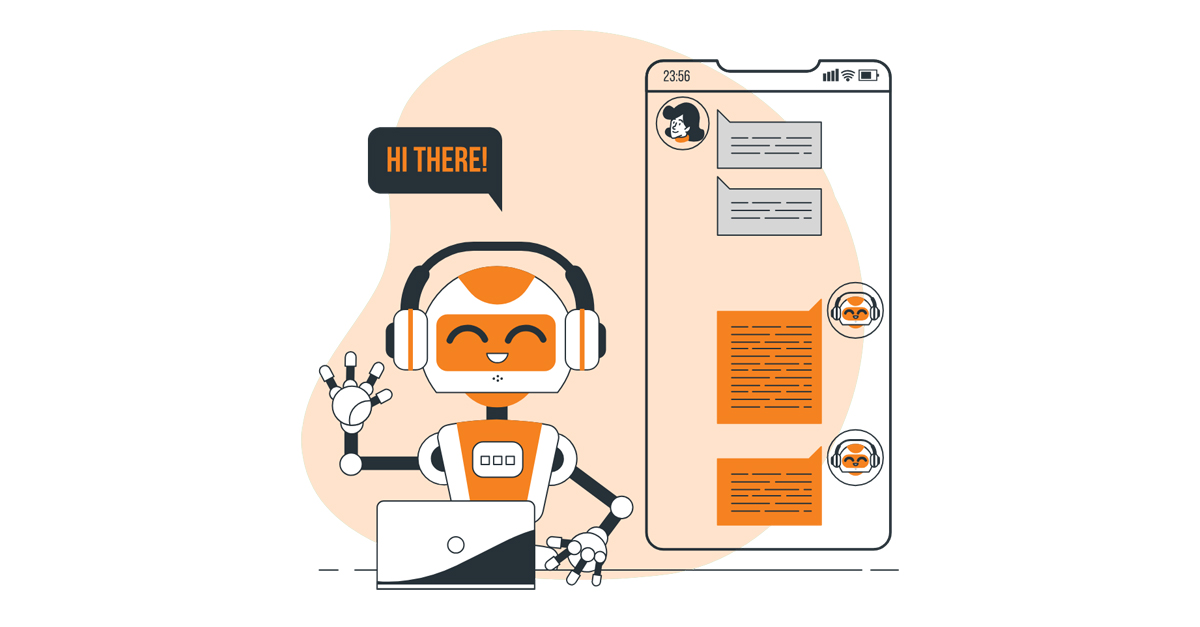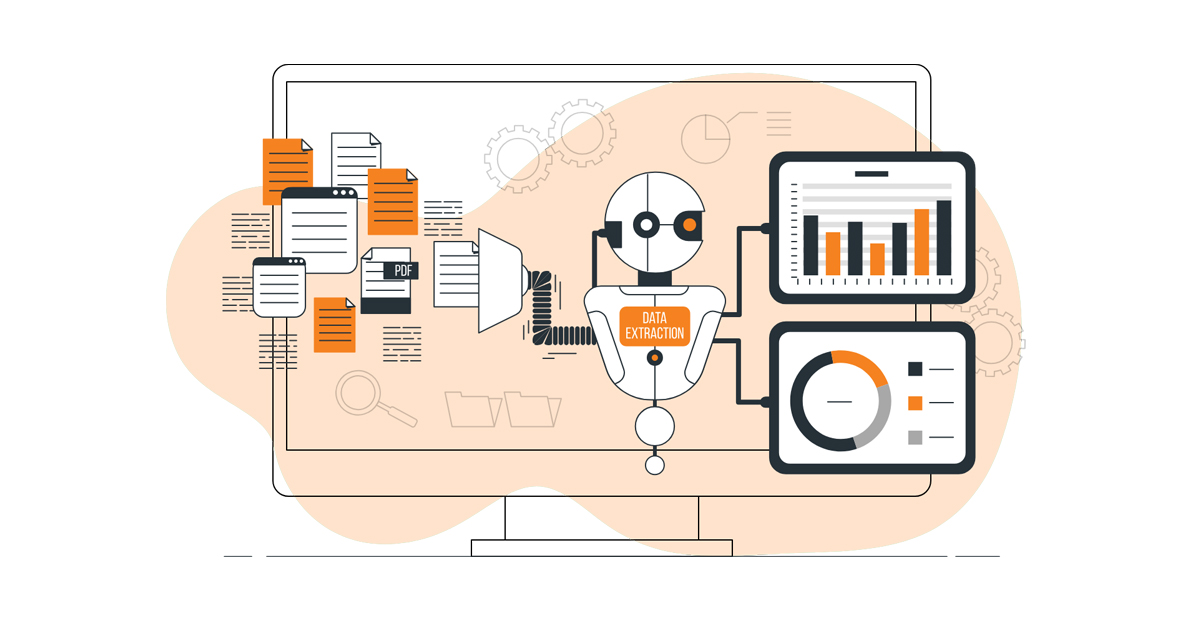Golang is going to be one of the most popular programming languages in 2023. It is an open-source language that Google has developed, and it’s used by thousands of developers worldwide. The Golang community and ecosystem are large and supportive, making it a good choice for modern software.
So, in this article, we will explore all the reasons why you should consider using Golang for your upcoming project in 2023.
But first, let’s have a quick look at the –
History of Golang

Golang, a general-purpose programming language, was initially developed at Google by Rob Pike and other engineers in 2007. It was first announced at the 2009 Google I/O conference, which took place on May 27–28, 2009, in San Francisco, California.
Go’s syntax is similar to that of C++ but with some features borrowed from Haskell (Golang being written in Go). The language has been described as “C with static typing” because it combines static type checking with dynamic memory allocation. In addition, its type system offers high productivity and safety guarantees, which include promotion rules for variables up through types (and runtime checks on most types).
Now let’s look at all the benefits you can gain by using Golang.
The Benefits of Using Golang in Software Development

1. Golang is lightning fast
Golang is lightning fast. It’s a compiled language that can run very fast compared to an interpreted language like JavaScript.
This is because Golang has static typing and garbage collection built into the compiler itself—you don’t have to worry about running out of memory or dealing with performance issues when writing applications in Go. This makes it much easier to write fast applications because there’s no need for complex coding techniques like those used by dynamic languages (like Python).
Also read: What are Golang Web Frameworks? 10 Best Frameworks for your Next Project
2. Golang has many benefits over other languages like C++ or Java
The syntax is straightforward. There are no lengthy function declarations or class hierarchies. This makes it easy to understand how everything works together at first glance without having to spend hours reading the documentation first!
There are no pointers in Golang. This makes applications safer because you don’t have to worry about accidentally accessing memory where you don’t want your code running – instead of just updating an array index with another value.
3. Golang has a highly scalable system for concurrency
Concurrency is one of the key features of Golang, as it allows you to quickly scale up your code with minimal effort and cost. Golang is a concurrent language, meaning it can handle multiple tasks concurrently. This means you can take advantage of the power of multi-core CPUs or cloud servers to handle your backend requests.
4. Easy garbage collection and memory management
Garbage collection is a feature of the language, which means that it can automatically clean up memory when there is no longer any use. Many developers have praised the mark and sweep algorithm used by Golang as easy to use and understand.
Golang does not have a memory leak problem like C++ or Java do, so you don’t need to worry about running out of memory when your application runs out of data to work with.
5. Golang is easy to maintain and writes safe and robust code
Golang is a modern programming language that you can use to create any kind of software. It is easy to maintain and write safe and robust code.
It is fast, reliable, and efficient. The Golang language has been designed with performance in mind, making it ideal for applications that require high throughput or latency-sensitive applications such as web servers or network services like DNS lookup.
Golang statically typed language allows you to find errors quickly without worrying about unexpected behavior caused by other factors besides your code (like external systems). The type system ensures the correctness of your application at compile time, so there’s no need for runtime checks which consumes resources unnecessarily, making them slower than languages without type safety (e.g., JavaScript).
6. No need to waste time testing it
A statically typed language like Golang is a boon for developers. They don’t need to worry about bugs in their code and can focus on writing better, more efficient code. This means there’s no need for testing, saving you time and money.
Furthermore, since Golang is a compiled language, it is easier to catch errors at runtime than dynamically typed languages like Python or JavaScript (which tend to have more bugs). This means that your users don’t have any issues using your app—they’ll get exactly what they expect from every update!
7. Google supports Golang
Many of Google’s internal projects are written in Go. The language has become the go-to choice for machine learning and statistical analysis projects on data science platforms like TensorFlow.
Google also uses Go for its Cloud Platform services, including Kubernetes and Cloud Functions. This means that if you want to build an application or service that runs in the cloud—like an email app or a website—you can use Golang as your foundation (or even as part of your backend).
5 Golang Best Practices to Boost App Performance
Go is a fast, efficient language that’s easy to learn and use. But it can also be slow and memory-hungry at times. Here are some tips for making your Go apps more performant—regardless of the size or complexity of your code base. Here are some tips from Netsmartz to boost your Go app performance.

1. Find and fix memory leaks
Memory leaks are the devil. They can slow down your app and cause it to crash, but they’re also hard to spot. You can’t see a memory leak with your eyes—all you’ll see is that your app is slow or doesn’t respond as quickly as it used to.
The best way to identify a memory leak is by looking at your process’s heap (memory) usage over time. If this graph looks like this:
Then you have an issue! The green line represents leaked objects, and the blue represents live objects (objects that haven’t been released yet). If there’s more green than blue, something has leaked yet hasn’t been released yet—in which case, it’ll stay in memory until garbage collection occurs sometime later down the road (which takes up more resources). At this point, there isn’t much else we need from our users except “fix please.”
2. Never ignore race conditions
Race conditions are hard to find and fix, but they can cause data corruption, unexpected behavior, and crashes.
Avoid race conditions by ensuring that all the goroutines run in different threads. If you need concurrency between two goroutines, use channels or message queues (MQ) instead of shared memory or locks.
Use channels for communicating between goroutines so that none of them share state with each other.
3. Use Concurrency for faster responses
We have already mentioned all the benefits that concurrency offers.
To achieve concurrency, we can use goroutines or channels. Goroutines are lightweight threads that run on the same hardware thread (or OS process) as their parent application. At the same time, channels allow two processes to communicate through communication channels such as inter-process pipes or sockets.
You can also use a pool of goroutines to handle multiple requests at once by creating an instance of a function called RequestHandler which will have one method called ServeHTTP() with no arguments passed into it. Hence, it returns an error code if there was no response received from the server yet (e.g., 200 OK).
4. Avoid too many nested loops
Nesting loops are one of the most common performance killers. The reason for this is that you’re doing the same work repeatedly in each iteration of your loop, so it could be better to spend time on that when you could be improving something else instead.
The best way to avoid nested loops is by breaking up large functions into smaller ones that do less work. This can be done by passing in variables instead of relying on magic global state (and thus reducing the number of variables), passing in parameters rather than having everything hardcoded into your codebase (and thus reducing complexity), or even just using higher-order functions that call one another without going through an intermediary function call first (which frees up memory).
5. Shave off unneeded bytes from app size
The next step is to remove unneeded bytes from your app.
Shave off unused dependencies: If a module you’re using has a dependency on another module, it can be removed from your project and replaced with an explicit import statement. This will save you memory space in the app’s memory when run on GC-consumptive platforms like Chrome OS (where apps are limited by their size) and reduce the number of HTTP requests made by users who are not interested in receiving notifications about new updates or messages sent by other users.
Remove unused code: To make sure there aren’t any dead resources lying around unused in your application, it’s good practice to check whether they’re called once per second or less frequently than that; if they’re not being used at all, then they probably don’t need much storage space either!
The practices described in this article should make your Golang code much faster and more efficient.
Cost of Hiring Golang Developers
The cost of hiring Golang developers is much lower than hiring other developers. Golang developers are more efficient and productive, with a higher salary range (with more experienced ones being more expensive). They also have a wide range of skills, allowing you to get the most out of them without hiring multiple people or spending excessive time training them. Finally, they’re easy to find—there’s plenty of competition out there!
And you can also lower costs by outsourcing go developers from experienced partners like Netsmartz.
Wrapping Up
Now, you know all the benefits that Golang offers, along with some performance-boosting tips. So, if you are considering an alternative to C or C++ for your next project, I strongly recommend trying Go. The language has powerful features that make your application perform better than in other languages.
Jumpstart your project with skilled Golang developers.
Schedule an Interview Today
Summary
Kickstart Your Project With Us!
Popular Posts
CONTACT US
Let's Build Your Agile Team.
Experience Netsmartz for 40 hours - No Cost, No Obligation.
Connect With Us Today!
Please fill out the form or send us an email to







